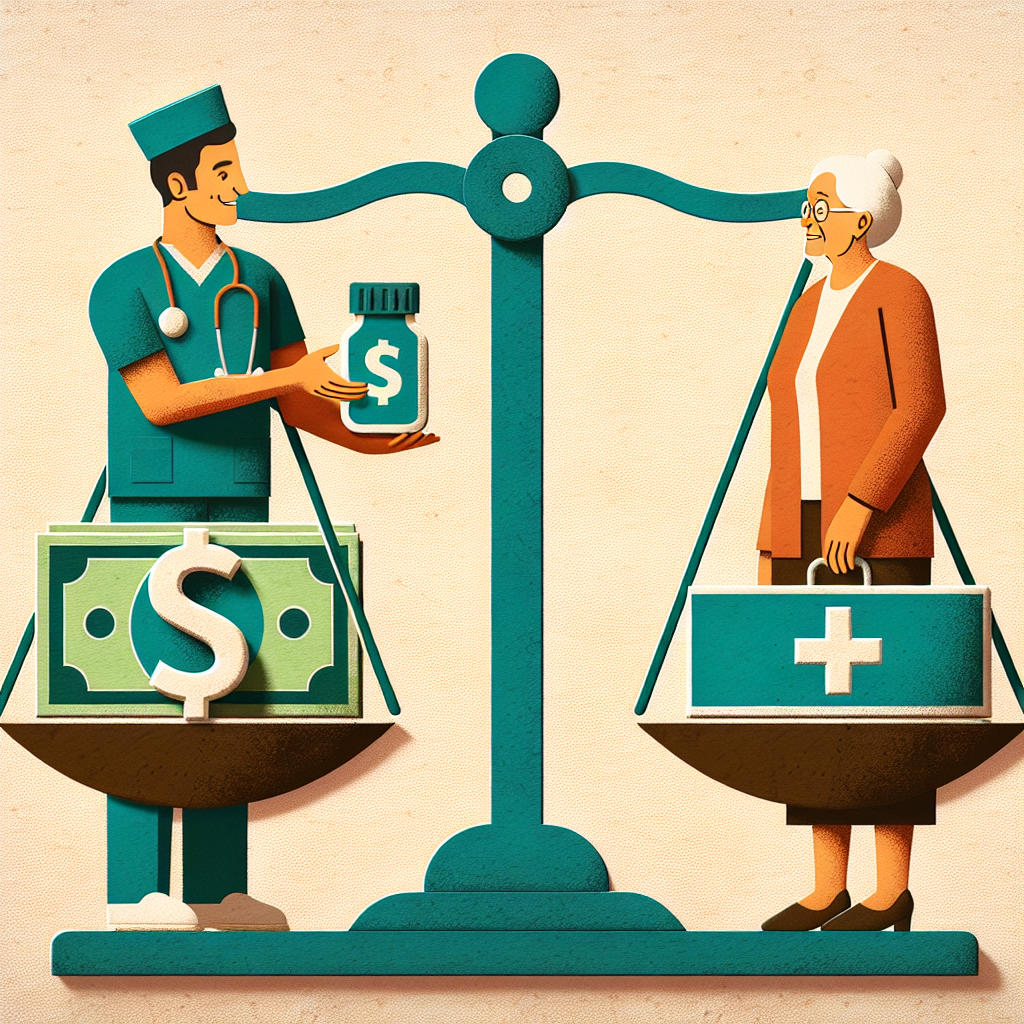New York, NY—A groundbreaking study reveals that skilled nursing facilities are not just crucial for patient recovery but also significantly cost-effective for the taxpayer’s wallet. In an era where healthcare spending is scrutinized more than ever, the spotlight turns to preventing measures that skilled nursing offers, underscoring its value in saving taxpayer dollars and improving patient outcomes.
Focused on reducing hospital readmissions and enhancing patient care, skilled nursing facilities employ a comprehensive approach, integrating advanced rehabilitation services, personalized care plans, and preventive measures. The study showcases that for every dollar invested in skilled nursing care, there’s a return of savings significantly higher in avoided hospital costs. “Investing in skilled nursing care is not just a healthcare decision; it’s a financially prudent strategy for our healthcare system,” notes Dr. Jane Hamilton, a leading healthcare economist who contributed to the research.
This intriguing discovery arrives at a pivotal moment when healthcare expenses are threatening to balloon out of control, with the United States spending significantly more on healthcare per capita than any other developed country. Nonetheless, outcomes do not always reflect this high level of spending. The study suggests a refocusing of resources towards preventive care models offered by skilled nursing facilities as a vital step in curtailing unnecessary expenses.
Moreover, skilled nursing doesn’t only save money—it measurably improves patients’ quality of life. Facilities equipped with specialized staff, including physical therapists, occupational therapists, and speech-language pathologists, offer tailored interventions that significantly reduce the risk of hospital readmission. With the better patient outcome as a priority, the cost savings become an additional benefit.
The study further elaborates on how the proactive measures taken by skilled nursing facilities contribute to a decline in emergency room visits and inpatient hospital stays, which are among the highest expenses in healthcare. Dr. Hamilton, in her analysis, emphasizes the “preventive pays” philosophy, asserting, “By addressing issues before they escalate to require hospitalization, we’re seeing a dual benefit: healthier patients and a healthier economy.”
With healthcare policy makers and insurance companies paying close attention, the findings of this study offer a persuasive argument for increasing investments in skilled nursing and preventative care. As the nation grapples with rising healthcare costs amid an aging population, strategies that combine fiscal prudence with enhanced patient care are more valuable than ever.
The takeaway from this comprehensive study is clear: skilled nursing not only plays a vital role in the health and well-being of patients but also represents a sound investment for the financial health of the nation. As discussions on healthcare spending continue, the spotlight on preventive measures, particularly skilled nursing, is set to shine even brighter, advocating for a shift towards a more sustainable and effective healthcare system.


